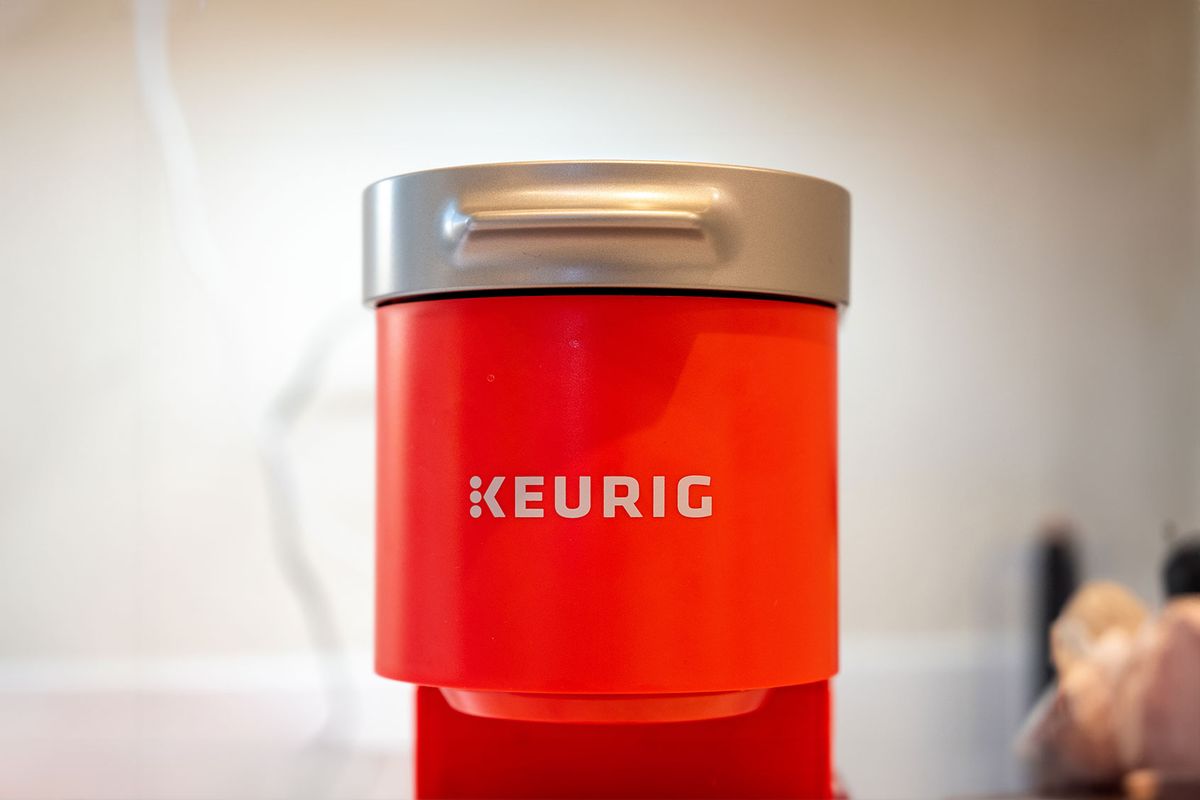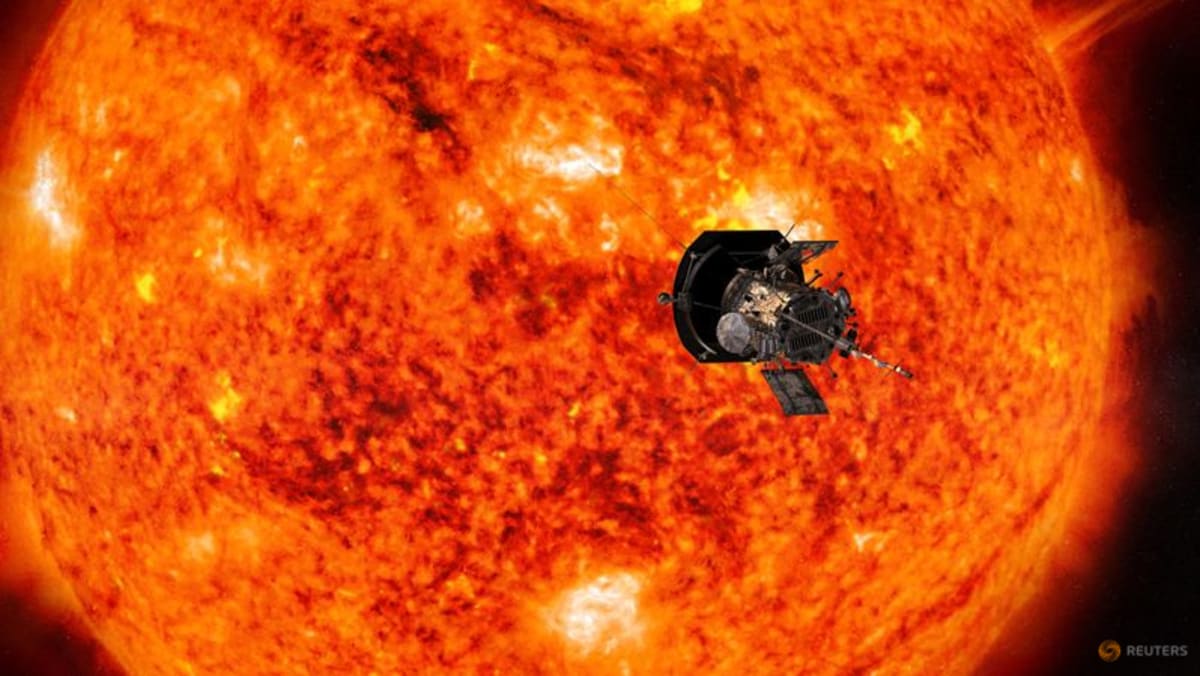Science Snapshot| Article
Researchers used adult human cells to craft biological robots capable of movement and more.
Gizem Gumuskaya blended her architectural background with synthetic biology to develop living, self-constructing, biological structures.
Gizem Gumuskaya
Growing up in Turkey, Gizem Gumuskaya, now a synthetic biologist at Tufts University, was enamored with architecture and how buildings emerged from the bustling chaos of the city. She found that designed environments mirrored biology, as nature, the ultimate architect, constructs complex structures from a single cell.
This led her to seek research that harnessed biology as a working medium. In one of their projects, her team combined artificial intelligence designs and embryonic frog cells to create living biological robots that swam and self-replicated.1 Gumuskaya was ready for the challenge of testing whether this would function in a non-froggy model. “I wanted to build something that evolution didn’t already design for us,” she said.
She combined her engineering mindset and the self-organization of biology to create mammalian-derived living robots, anthrobots, from adult human tracheal cells.2 The adult cells displayed morphologic plasticity and self-assembled into ciliated spheres that enabled them to wiggle and swim through their environments. Not only could they move, but anthrobots spontaneously fused to form larger structures called superbots.
When Gumuskaya explored the anthrobots’ influence on other cells, the results surprised her. When they studied images of these cultures, they saw that these superbots formed a bridge-like structure that connected to a layer of damaged human neurons. This structure resembled an ant bridge, a concept from Gumuskaya’s architecture studies. Like how ant colonies function as a superorganism, the superbots showed enhanced capabilities of teamwork, collectively aiding in the healing of damaged neurons. However, the exact mechanism remains unclear, Gumuskaya noted.
Anthrobots, an extension of their amphibious predecessor, hold promise for biological applications. “Anthrobots are just one example of what we can accomplish by thinking about nature as a design medium. I hope the scientific community will look at cells through this lens and imagine how to create other machines,” remarked Gumuskaya.





















Discussion about this post